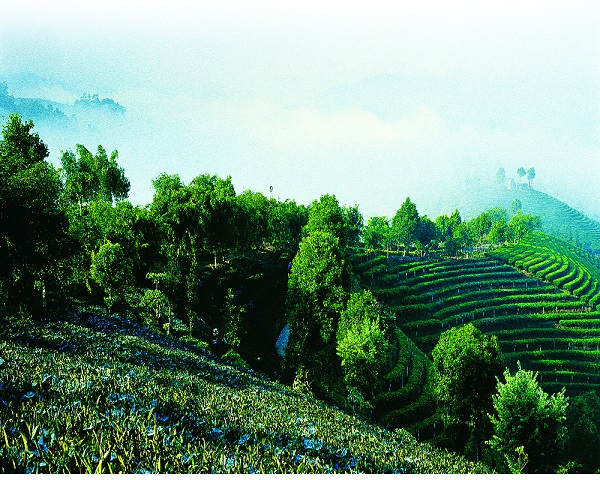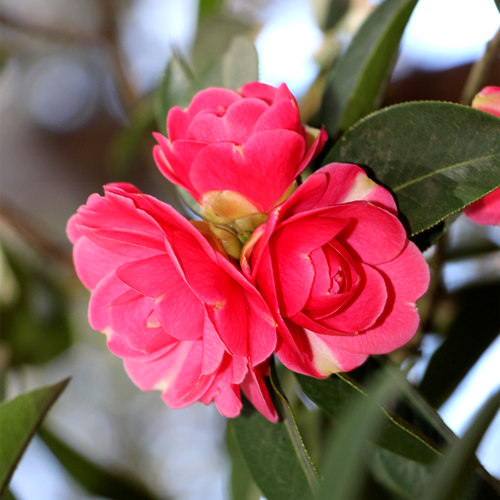
Detailed Introduction to Weishan County of Dali Prefecture
Overview
Weishan County (巍山县), located in the southern part of Dali Prefecture, Yunnan Province, is often called the “Hometown of Nanzhao” (南诏之源). It is a county with rich historical depth, diverse ethnic cultures, and beautiful natural landscapes. The county covers about 2,200 square kilometers and has a population of around 330,000 people, with the Yi and Hui peoples forming the major ethnic groups, alongside Han and Bai residents.
Geography and Climate
Weishan lies in a mountainous area with the Ailao Mountains to the east and the Wuliang Mountains to the west. The Weihe River valley runs through the county, creating fertile basins suitable for agriculture. The climate is subtropical plateau monsoon, featuring mild temperatures year-round, ample sunshine, and distinct wet and dry seasons. These natural conditions make the area ideal for growing rice, corn, walnuts, tea, and traditional Chinese medicinal herbs.
History and Heritage
Birthplace of the Nanzhao Kingdom: In the 7th century, Piluoge, the chieftain of the Mengshe Tribe, united six Zhao tribes and established the Nanzhao Kingdom (738–902 CE), with Weishan as its early political and cultural center.
Weishan Ancient Town: Built during the Ming Dynasty (1389), the town still retains its original city walls, four gates, and well-preserved street layout, embodying traditional Chinese urban planning.
Multi-ethnic heritage: Weishan has long been a crossroads of Han, Yi, Bai, and Hui cultures. This mix is reflected in its architecture, music, religion, and daily customs.
Ethnic Culture
Yi People: The Yi of Weishan are known for their vibrant clothing, folk songs, and dances. Traditional Yi festivals like the Torch Festival are celebrated with grand bonfires, wrestling, and horse racing.
Hui People: Weishan is home to one of the largest Hui communities in Yunnan. The Hui quarter in Weishan Ancient Town is famous for its Islamic architecture and halal food traditions.
Folk Arts: Local intangible heritage includes Weishan Daoqing Opera, Yi embroidery, and Nanzhao folk legends, all of which vividly reflect the region’s historical depth and cultural vitality.
Major Attractions
Weishan Ancient Town (巍山古城)
A Ming-era town with intact gates, city walls, and streets aligned in a “九宫八卦” (nine-palace and eight-trigram) layout.
The town is quieter and less commercialized than Dali Old Town, offering a more authentic experience.
Donglianhua Village (东莲花村)
A historic Hui Muslim village featuring Islamic-style courtyards, mosques, and residences blending Han and Islamic architecture.
Known as a cultural symbol of Hui traditions in Yunnan.
Nanzhao Tusi Sites
Relics and ruins related to the rise of the Nanzhao Kingdom, showcasing Weishan’s role as a political center in ancient times.
Mount Weibao (巍宝山)
A sacred Taoist mountain with more than 20 temples built along its ridges.
The Weibao Mountain Fair (巍宝山庙会) is a grand folk religious event held annually, drawing pilgrims and tourists.
Cuisine
Weishan is renowned for its Hui-influenced food and local farm specialties:
Weishan Roast Duck (巍山烤鸭): Crispy skin, tender meat, a local signature dish.
Halal Hui Cuisine: Includes beef noodles, hand-pulled lamb dishes, and sesame-flavored pastries.
Pickled vegetables, walnut cakes, and wild mushroom stews also form part of the everyday diet.
Modern Development
Today, Weishan is positioning itself as a hub for cultural tourism and ecological agriculture. The preservation of ancient towns and Hui villages, combined with its status as a “living museum of Nanzhao culture,” has drawn increasing numbers of domestic and international visitors. At the same time, eco-agriculture (such as organic walnuts and medicinal herbs) supports rural revitalization.
In summary:
Weishan County is not only a land of scenic beauty but also a cultural and historical gem. As the cradle of the Nanzhao Kingdom, home to well-preserved ancient towns, Taoist mountains, and multi-ethnic traditions, it offers visitors a profound experience of Yunnan’s deep history and rich diversity.



